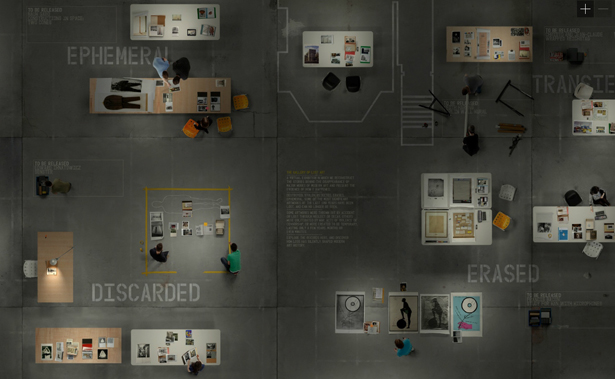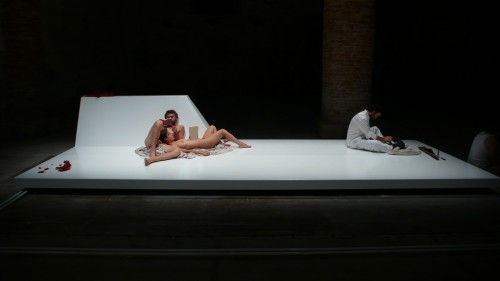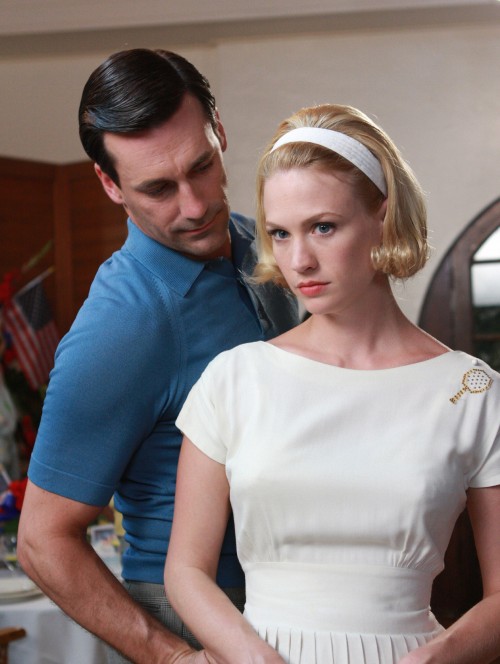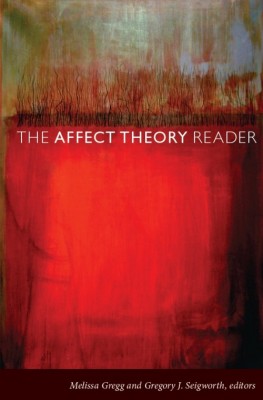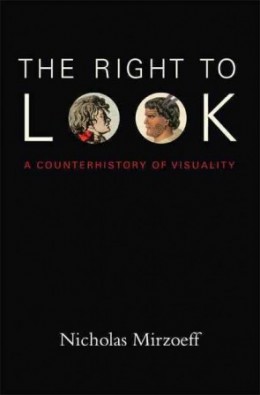Definite Indeterminacy: Blindness in the Civil War Imagery of Ambrose Bierce and Winslow Homer
Vanessa Meikle Schulman [The wound around his eye] has been constantly open, suppurating and discharging ever since … with loss of strength and increasing blindness in the left eye which is very weak & he is less & less able each year to do any manual labor or care for himself. 1 Applying in 1882 for an increase to his Civil War pension, Private James M. Greenleaf, who received his facial wound at the Battle of Fredericksburg in 1862, attempted to convince the government that his eye—unhealed and rapidly losing its sight—was so debilitating as to prevent him from earning a living through gainful employment. To the above statement in his pension application, Greenleaf added an “affidavit signed by 24 acquaintances stating that his wound was worse than the loss of an arm or a leg.”2 Though Greenleaf also complained of pain in his hip, it was the wound to his face, with its leaking pus, that made him “totally & permanently helpless,” as the government surgeon wrote on examining him in 1907.3 The claim that Greenleaf’s …

